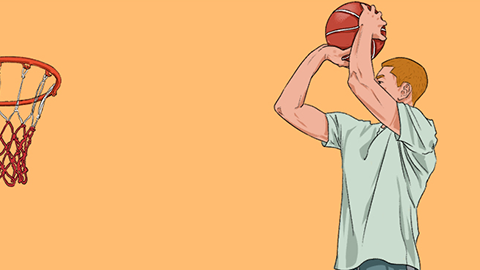Causes of Sports Injuries and Common Treatment Methods
Exercise injuries may result from inadequate warm-up, excessive fatigue, muscle strain, ligament damage, tendonitis, etc. These can be improved through proper warm-up, adequate rest, medication, and rehabilitation exercises. If severe pain, restricted movement, or persistent swelling occurs after an injury, prompt medical attention is necessary.

1. Inadequate Warm-Up: Failure to properly warm up before exercise means muscles and joints are not prepared for physical activity. Sudden intense exercise can lead to uneven stress on tissues, increasing the risk of injury, possibly accompanied by localized soreness and stiffness. It is recommended to perform 5–10 minutes of dynamic warm-up exercises—such as brisk walking or joint rotations—before exercising to gradually prepare the body for increased intensity.
2. Excessive Fatigue: Prolonged over-exercising or insufficient rest leads to decreased muscle strength and coordination, making it difficult to maintain correct posture during exercise and increasing the likelihood of incorrect movements that cause injury. Symptoms may include general fatigue and slowed reaction time. It is advised to plan exercise routines reasonably, avoid consecutive high-intensity workouts, ensure sufficient daily sleep, and perform stretching and relaxation exercises after physical activity.
3. Muscle Strain: A sudden forceful contraction or overstretching of a muscle during exercise can cause tearing of muscle fibers, resulting in local pain and swelling, with pain worsening during movement. Pressing on the injured area typically causes significant tenderness. Patients may use medications such as diclofenac diethylamine gel, ibuprofen sustained-release capsules, or Yunnan Baiyao aerosol under medical guidance to relieve symptoms.
4. Ligament Injury: When a joint moves beyond its normal range during exercise, ligaments may be overstretched or twisted, leading to sprains or tears. This is often accompanied by joint swelling, pain, and limited mobility; in severe cases, joint instability may occur. Under medical supervision, medications such as Huoxue Zhitong Capsules, celecoxib capsules, or flurbiprofen gel patches may be used to alleviate symptoms.
5. Tendonitis: Repetitive motion over a long period or improper exercise posture can cause repeated friction or pulling on tendons, leading to aseptic inflammation. Symptoms include pain and tenderness at the site where the tendon attaches to the bone, with pain significantly worsening during movement. Medications such as naproxen sodium tablets, etoricoxib tablets, or compound chlorzoxazone tablets should be used according to medical advice to manage symptoms.
For daily care, choose appropriate sports equipment to protect the body, clean the body promptly after exercise, and monitor physical condition. After an injury, avoid resuming intense activities too early; instead, gradually restore exercise intensity based on recovery progress.




